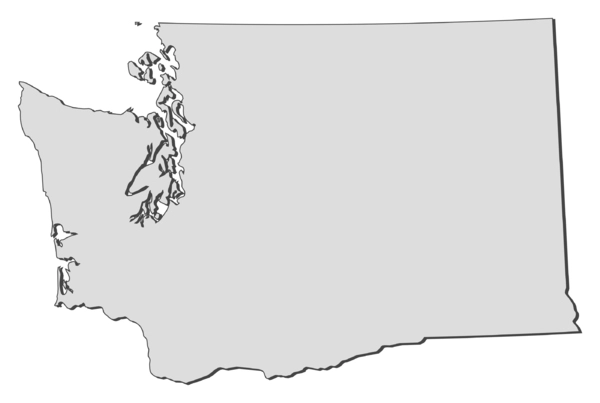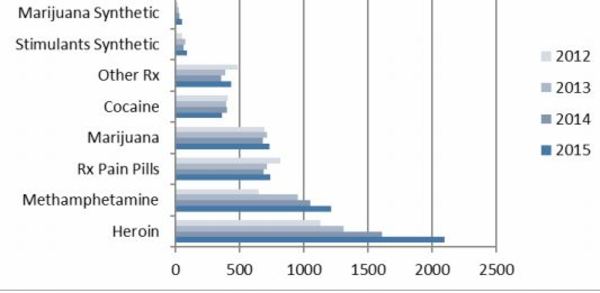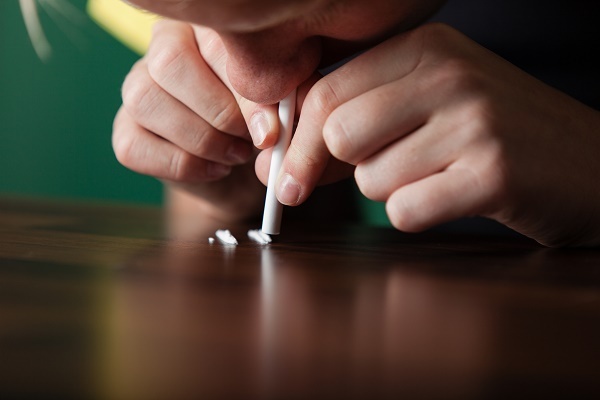Washington State Addiction Trends for 2024

The state of addiction is staggering in the State of Washington. More than likely, most people do not realize the magnitude of the problem or how addiction in Washington is trending. Rather than to waste commentary on the subject, this article simply shares some straightforward statistics intended to startle Washington residents into awareness and stir you into action.
To accomplish this, here are some highlights from four different reports. All entries are quoted directly from the following published reports.
- 2015 Drug Use Trends in King County, Washington, by the Alcohol & Drug Institute at the University of Washington
- The Behavioral Health Barometer, 2015 report by the Substance Abuse and Mental Health Services Administration (SAMHSA) division of the U.S. Department of Health and HumanServices (HHS).
- The 2016 Washington State Healthy Youth Survey report by the Washington State Department of Health, et. al.
- The 2016 Washington State Marijuana Impact Report by the Northwest High-Intensity Drug Trafficking Area (NHIDFA)
2015 Drug Use Trends in King County, Washington
- Marijuana use is common in King County, being the fourth most common drug mentioned.
- Cocaine use persists in King County. Cocaine-involved deaths totaled 56 in 2015.
- Methamphetamine indicators are increasing (particularly deaths). Meth is now the second most common drug mentioned. Methamphetamine-involved deaths totaled 86 in 2015.
- Heroin is by far the most commonly used drug in the state and indicators remain elevated, particularly overdose deaths (132 in 2015).
- Benzodiazepines are the second most common class of drugs reported to the Poison Center.
This table (captured from the report) graphically illustrates the extent and growth of drug use in King County, Washington.

The Behavioral Health Barometer, 2015
- Washington’s percentage of illicit drug use among adolescents aged 12–17 was higher than the national percentage in 2013–2014 by as much as 24 percent.
- About 60,000 adolescents aged 12–17 per year in 2013–2014 reported using illicit drugs within the month prior to being surveyed.
- About 125,000 individuals aged 12–20 per year in 2013–2014 reported binge alcohol use within the month prior to being surveyed.

The 2016 Washington State Healthy Youth Survey
The percentage of students using prescription drugs not prescribed to them in 2016:
| 8th grade | 5% |
| 10th grade | 8% |
| 12th grade | 9% |
The percentage of students using painkillers to get high in 2016:
| 8th grade | 2% |
| 10th grade | 4% |
| 12th grade | 5% |
The percentage of students reporting they had ever used heroin in 2016
| 8th grade | 3% |
| 10th grade | 4% |
| 12th grade | 4% |
The 2016 Washington State Marijuana Impact Report
Results among adolescents and teens
- One in five 10th grade students reported riding with a driver who had used marijuana; 9 percent reported driving within three hours of consumption.
- During 2013-2014, 48 percent of statewide student expulsions and 42 percent of suspensions directly involved marijuana.
- 98 percent of the student drug violations within the Seattle Public Schools from September 2013 to May of 2014 involved marijuana.
- In 2014, youth under the age of twenty made up 45 percent of statewide Poison Center calls; since marijuana legalization in 2012, these calls have increased 80 percent.
- Youth treatment admissions for marijuana have remained between 66 percent and 70 percent of overall admissions since 2010.

Results among young adults
- 24 percent of young adults (18-25) consumed marijuana at least once during the past month in 2014; 17 percent used at least once a week and 6 percent were daily users.
- Washington State young adults (18-25) past-year marijuana use was 6 percent higher than the nation’s in 2012-2013; Washington adults (26+) were 5 percent higher.
- Washington State young adults (18-25) and adults (26+) past-month marijuana use was 5 percent higher than the nations in 2012-2013.
- 43 percent of respondents used marijuana within the last year.
- 24 percent used at least once a month
- 17 percent used at least once a week
- 6 percent used daily
- 15 percent of respondents used marijuana for medicinal purposes.
- 11 percent used at least once a month
- 9 percent used at least once a week
- 5 percent used daily
Washington Drug-Related Deaths
The point of presenting straightforward facts is that the facts are real. Facts should lead to questions and greater insight. One question that should be preeminent is “How much is too much?” Let’s put that question in perspective.
At least 274 people died in King County alone in 2015 as a result of drug overdoses. According to the Centers for Disease Control, statewide drug-related deaths in 2015 totaled 1,094. So the question becomes, “How many drug-related deaths are too many?”
If you have ever lost a loved one to a drug-related death, your answer is likely to be different than a statistician. You already know that one death is too many.
You probably know someone struggling with addiction in Washington state. That someone could even be you. Whoever it is, that person is one too many. With a medical detox and residential rehab facility in Washington, the Recovery Village Ridgefield can help. Call today to speak to a caring professional about treatment options.




